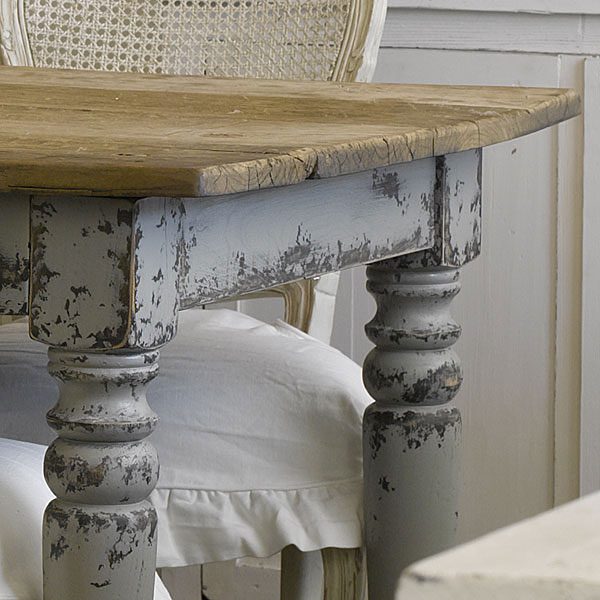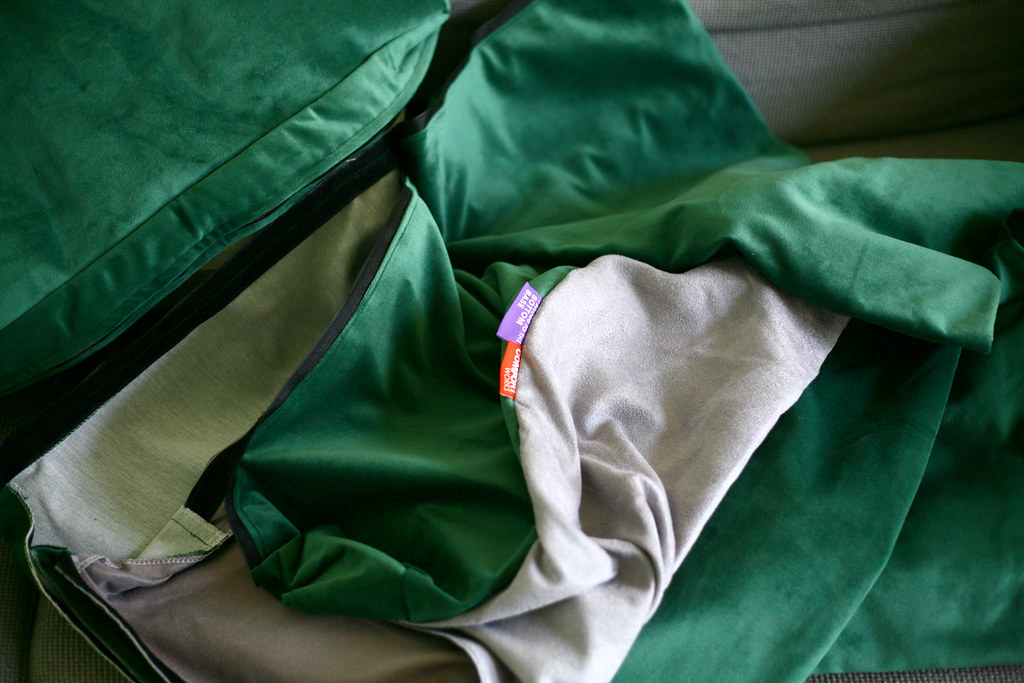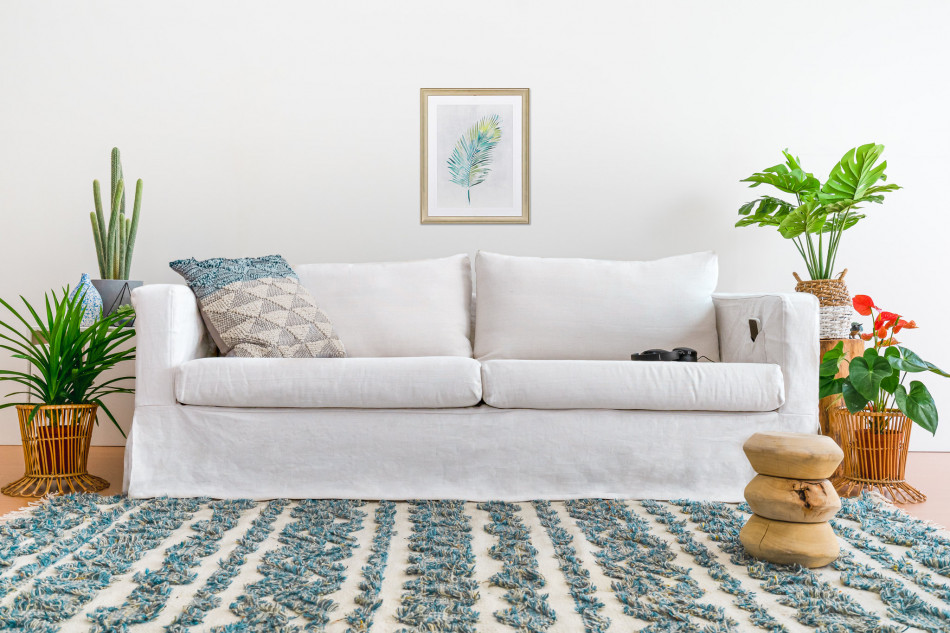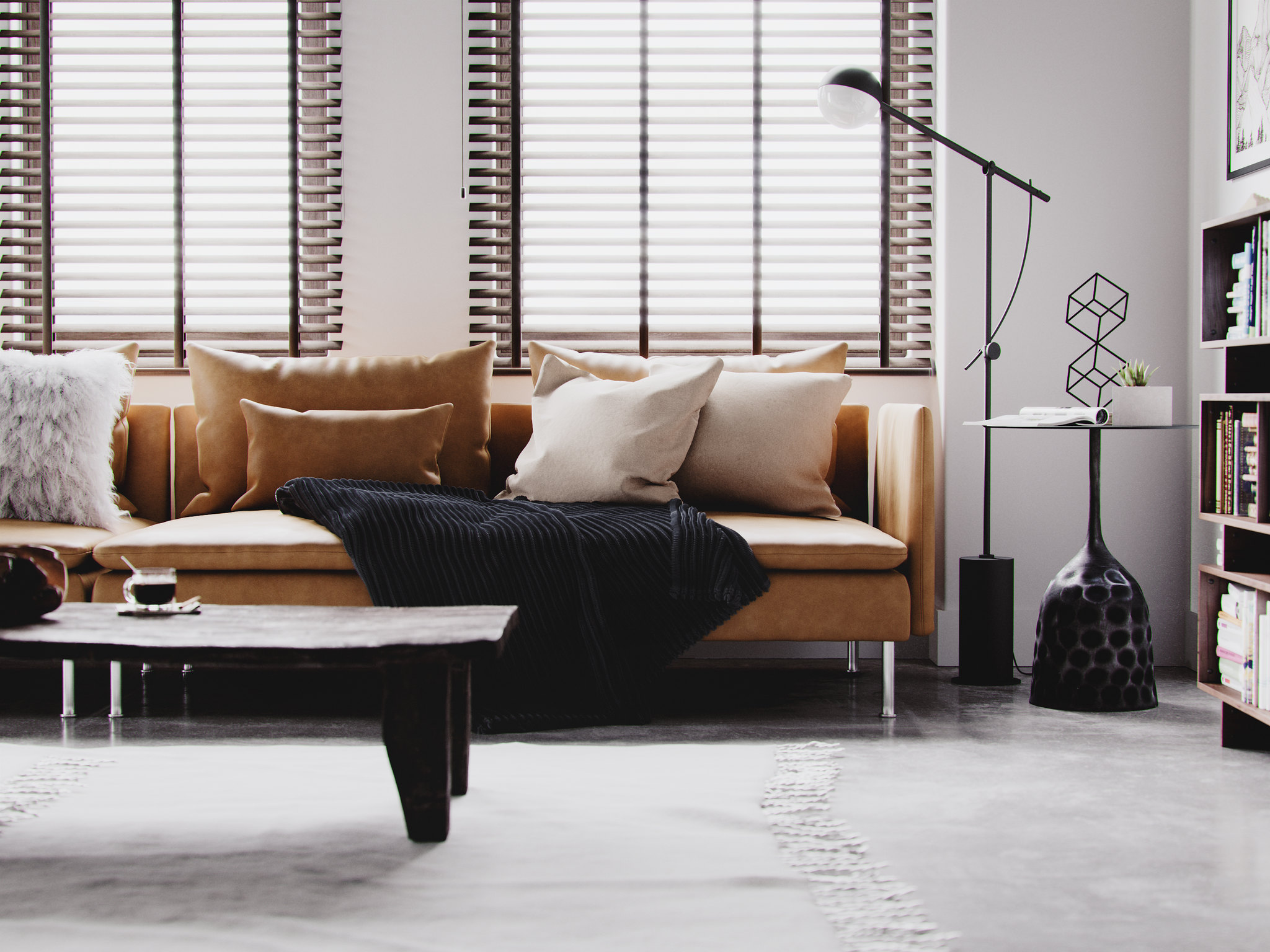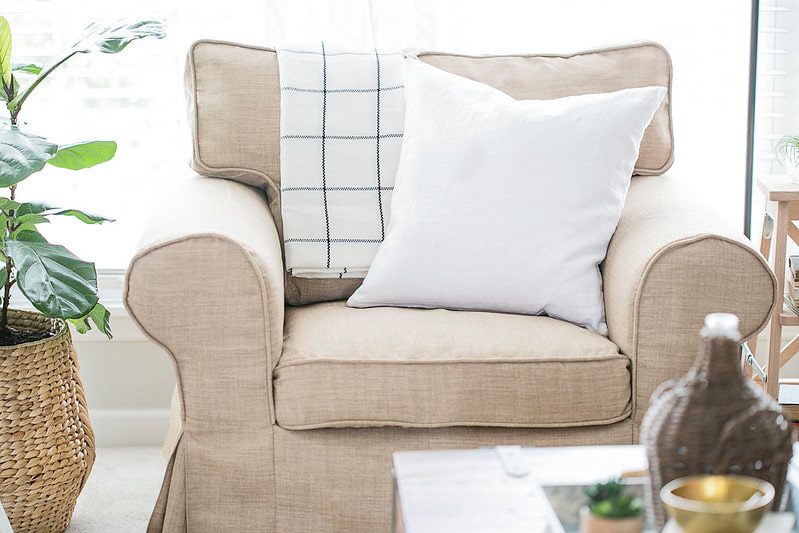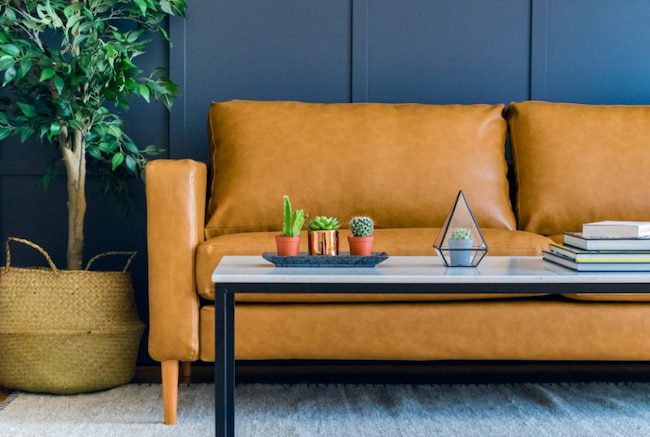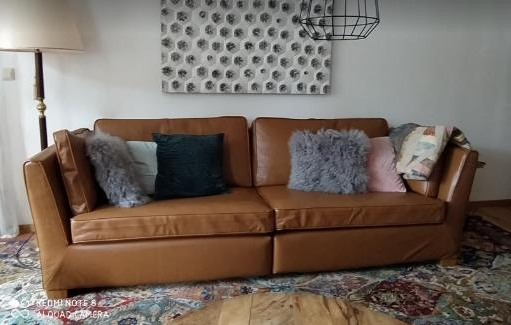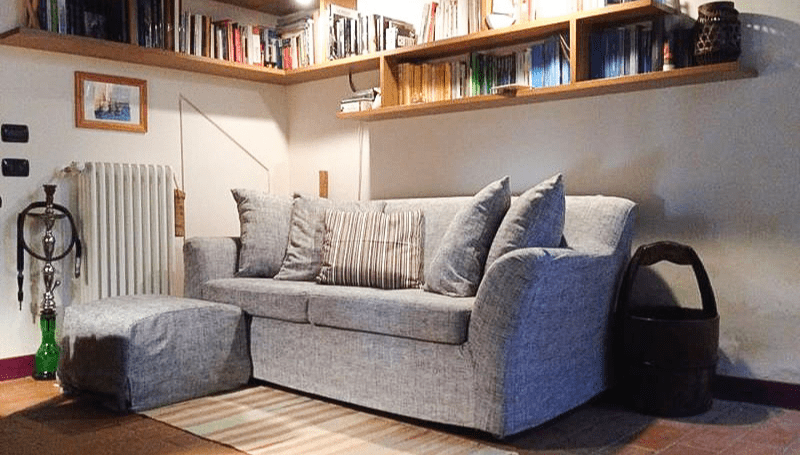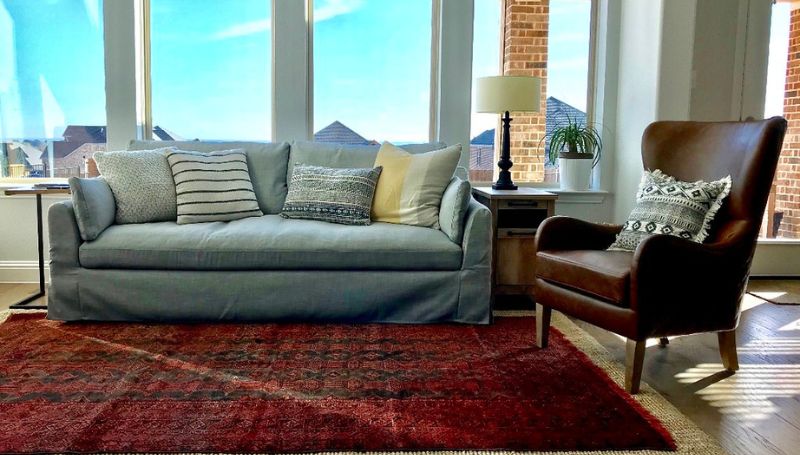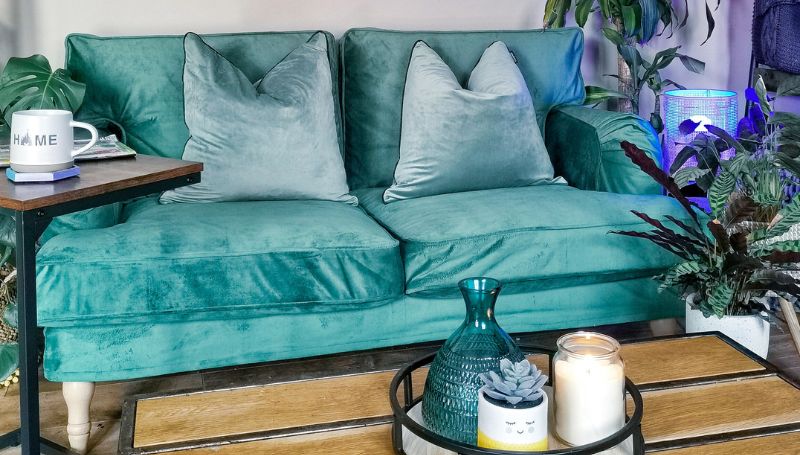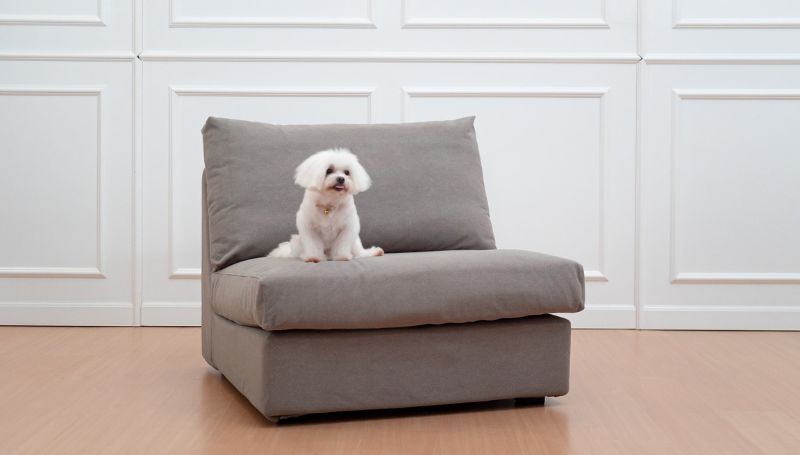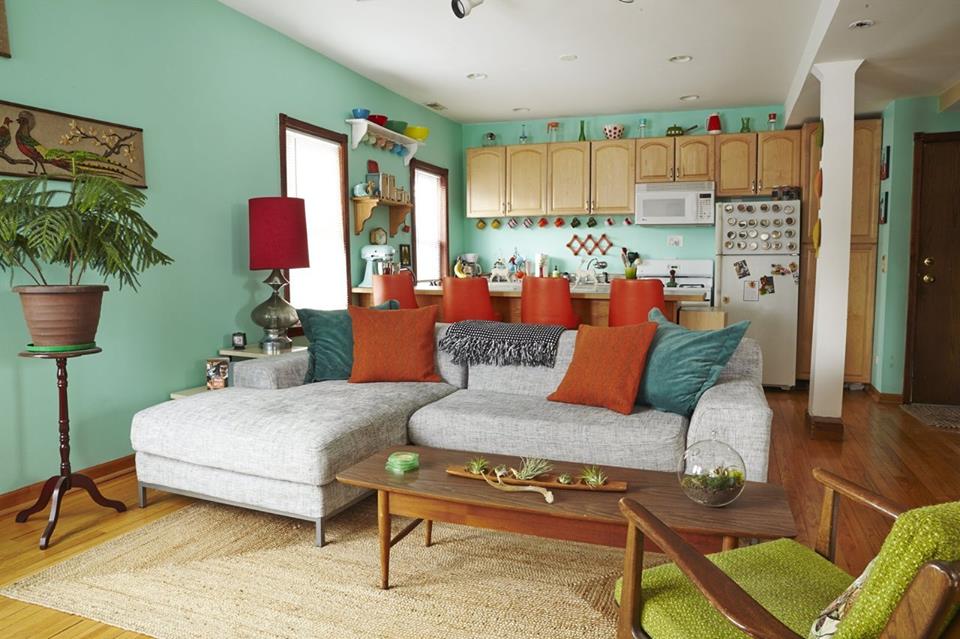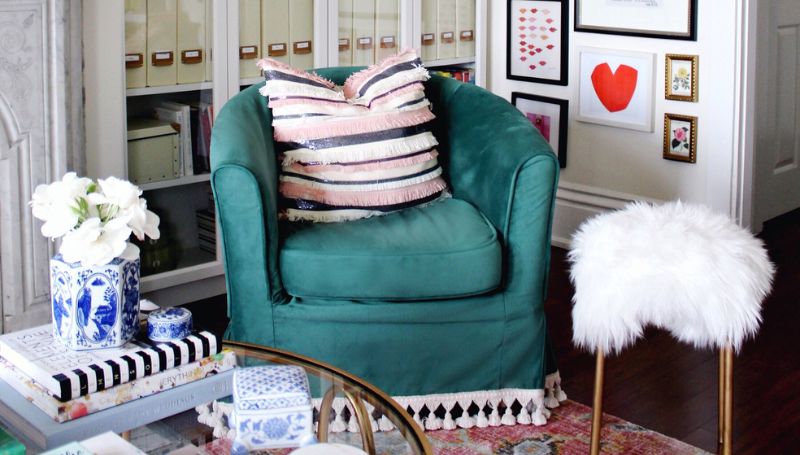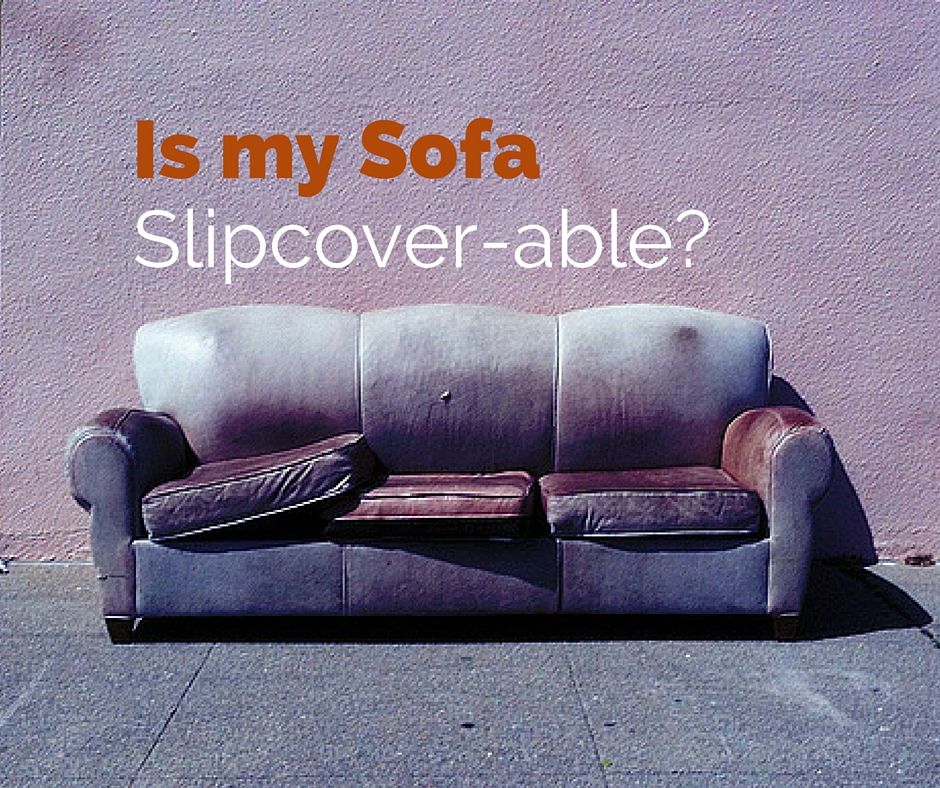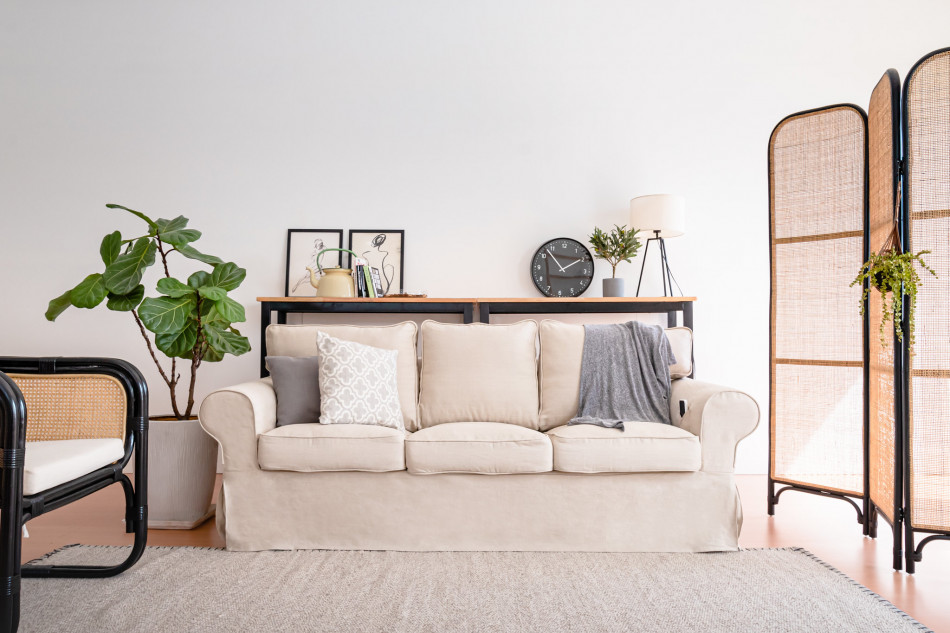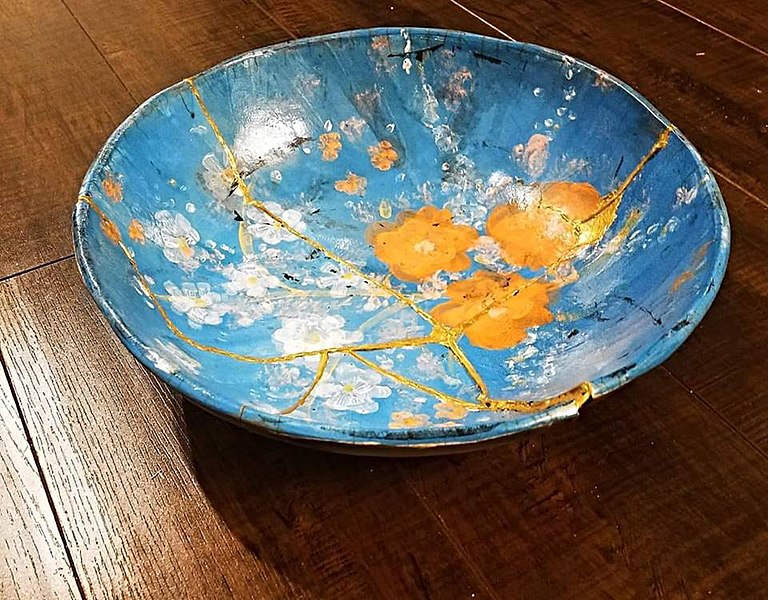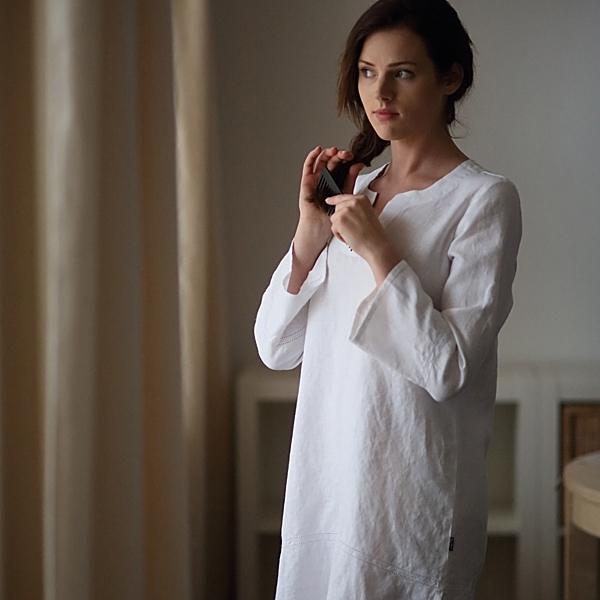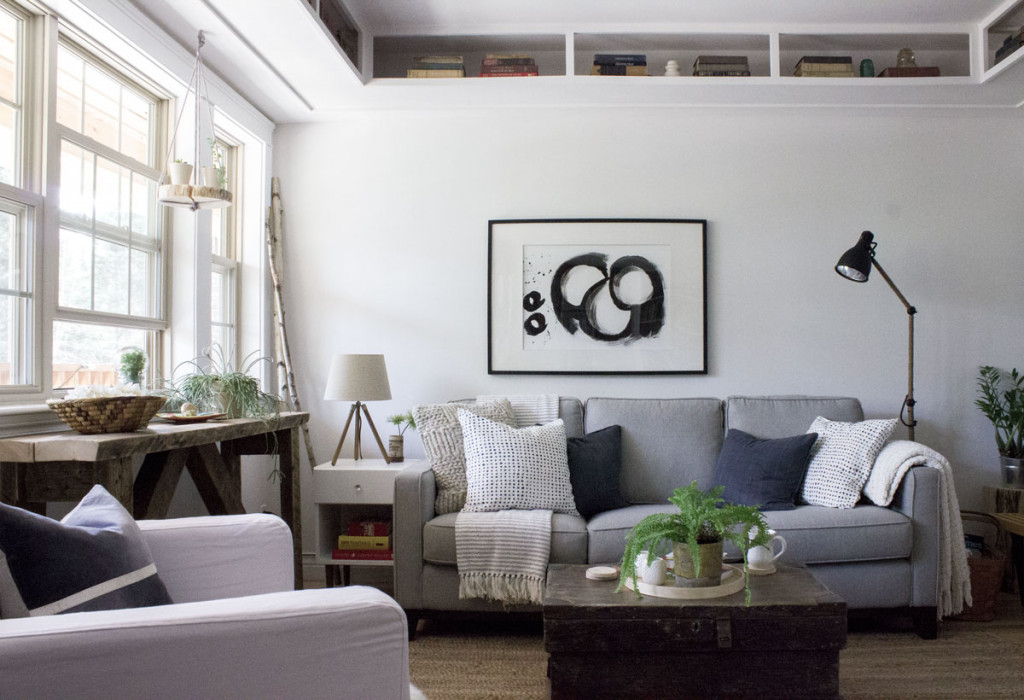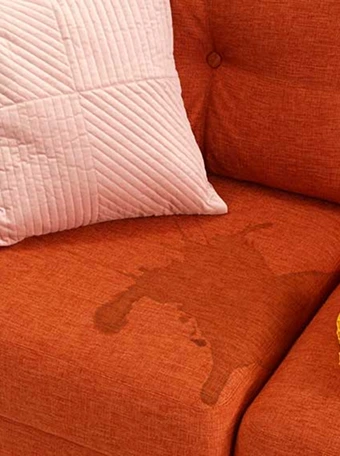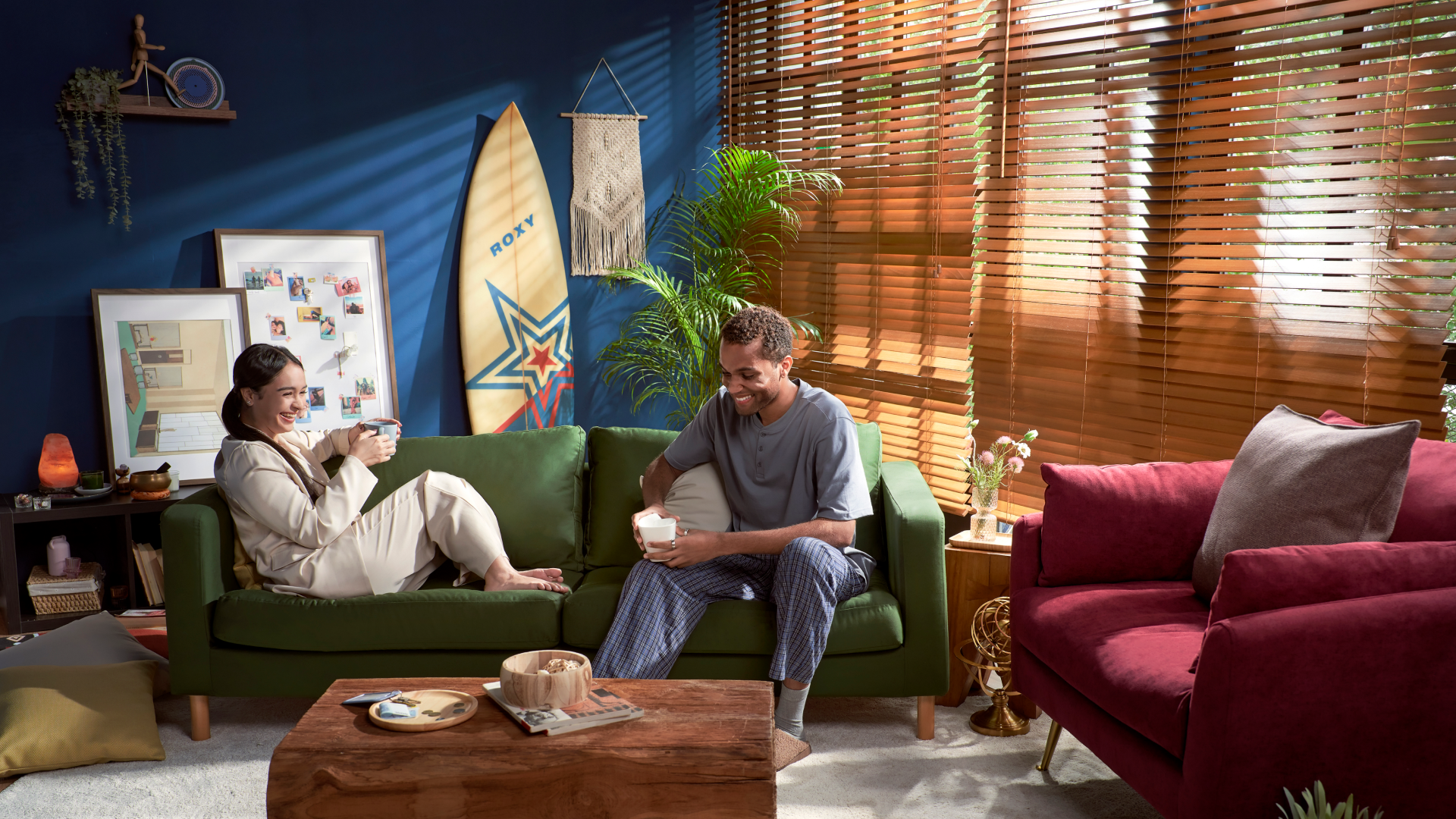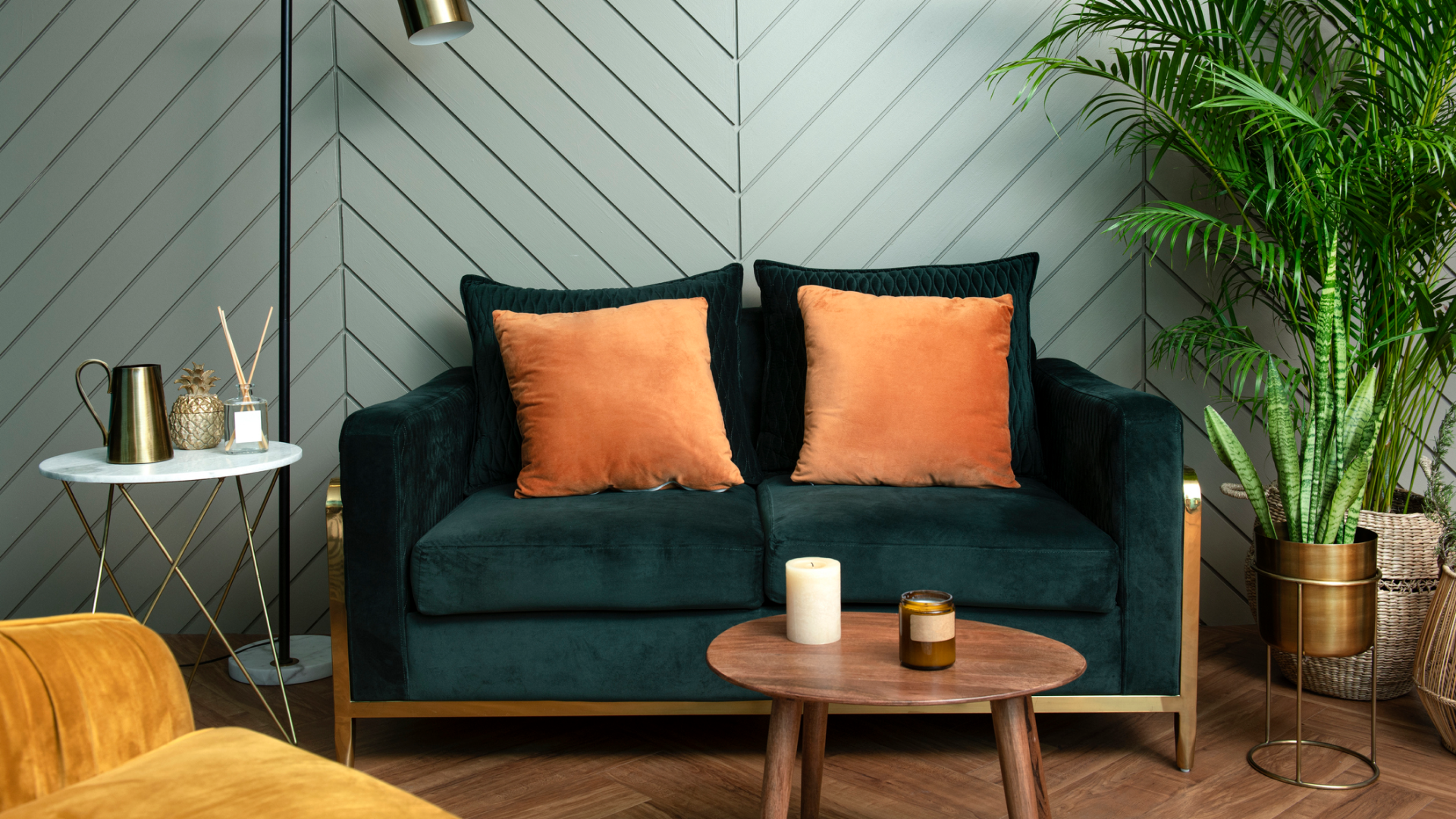Many people apparently (myself included) have mistakenly assumed that all it takes to create a “Shabby Chic” look is just to throw on loose covers on a sofa without ironing it. That’s just wrong and distasteful in so many ways.
What exactly is Shabby Chic?
A pretty straightforward definition since shabby just means “worn out” and chic means “elegantly stylish”.
Shabby chic has actually been around since the late 1970s in Britain, and was originally a decorating term used for paintwork and paint effects. This term was further popularized in America by designer Rachel Ashwell, who even trademarked this term and used it as her very own business name.
There are actually a few simple ways to achieve a “Shabby Chic” look, hopefully this blogpost would show you how to easily recreate this for your homes.
1. Storage & Cabinets
Old distressed storage boxes and cabinets are a diamond in a rough. If you have a worn out storage box inherited from a couple of generations before you – you should realise that you’re quite blessed with a very beautiful piece.
They’re usually made from wood and already has a natural, worn out look. With a little bit of sanding or paint work, it’ll make a nice footstool, coffee table or bedside table to tie the room up for the farmhouse shabby chic look. Otherwise, you can sell them on an online marketplace like Etsy, and help other people seeking to achieve this look without having to break the bank.
2. Un-ironed Linen Slipcovers
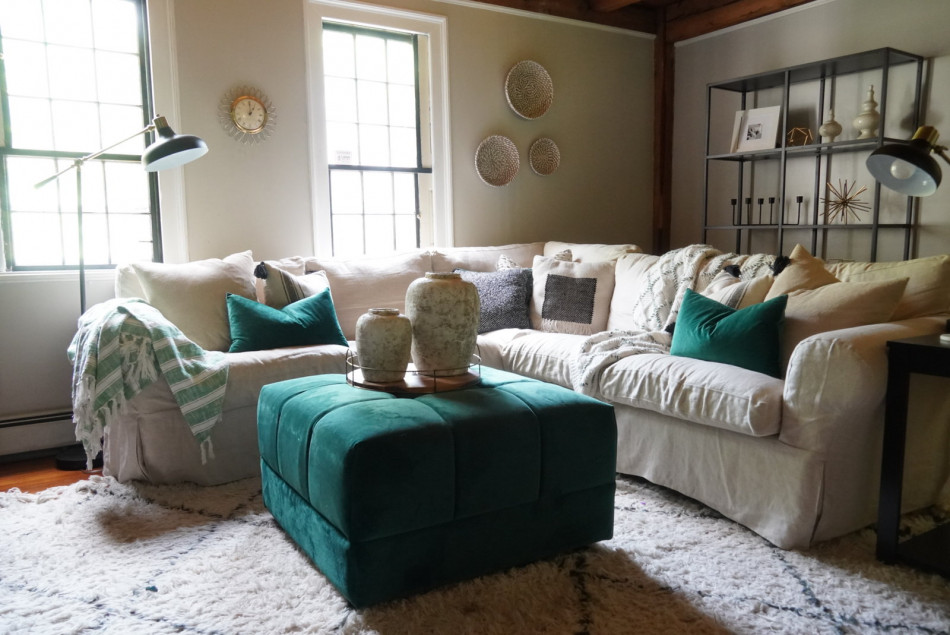
Thanks to Rachel Ashwell, “Shabby Chic” is now pretty much synonymous to the intentionally-wrinkled-yet-elegant linen slipcovers found on couches or bedding sheets, typically most noticeable if they’re skirted.
An easy way to instantly change your room into something Shabby Chic would probably be to get long skirt linen slipcovers for your sofa, since it is the largest piece of everybody’s living space usually. Pick from natural linen or pure white colours – the lighter it is, the more delicate and quaint look you’d achieve. There’s certainly no fixed rule of thumb in designing though, as long as you feel that it looks good and hey – you might just become the very next Rachel Ashwell :)
3. Re-purpose Old Furniture
I have a confession to make: I’m a hoarder. I don’t like to throw things away because I feel that “they might come in handy one day” or that I’m going to need it the instant I throw it away.
I’m sure I’m not the only one that feels this way and this has resulted in leaving old furnitures in the garage for the longest time. You’ll however find that the Shabby Chic look is a great way to repurpose your old items, especially the ones that look like it’s just no place for the house whatsoever. Take the weekend to do some fun restoration and rejuvenation with these old furnitures – with a little bit of work, it’ll be as good as new and it’ll find new life as something new.
Take the repurposed 1980’s sewing machine above for example, just by adding a smooth wooden plank at the top, it now serves as a beautiful table that you can put at your foyer. So don’t throw your stuff away, re-purpose them instead!
4. Reclaimed Wood
A well worn reclaimed wood, sand washed and recoloured will work wonders for the shabby chic look. You can have a choice to put white linen covers over them, repaint them in the the signature pale white or do something quirky like the patchy paint jobs you see in the photo above.
For the longest time we’ve also been toying with the idea of putting old wooden pallets on the wall or creating a TV console out of them – never had a chance to do it but definitely felt it was going to be fun and give the work space a more “hip” look.
5. Accessories & Small Ornaments
Don’t belittle what accessories and small ornaments can do when you’re re-decorating – the smallest things in life do make the largest differences after all. Place simple, small finds from vintage stores or the Sunday morning flea market around your home as subtle, finishing touches to your newly decorated shabby chic home.
If you check out Pinterest and Etsy, you’ll notice that many old books, enamel cups, painted mason jars or lacy pieces of fabrics also complement the shabby chic look very well as decorative pieces.
6. Paintwork
It’s not every time that you’ll be able to find a beautiful vintage piece laying around in the garage somewhere, or rather sometimes you’ll find an item that’s actually a little too “perfect” looking. The charming thing about shabby chic is that you’ll always find perfection within imperfections, so even if something isn’t that worn out – painting over relatively new furniture to make them shabby chic is definitely another idea.
Painting your furniture or items is pretty easy, but apparently the most tough part is making the worn-out effect random and natural. Avoid creating patterns, but if you’re doing it wrongly, fret not! Just paint over it and do it again.
You can read more on how to paint shabby chic furniture here.
7. Vintage Art or Mirrors
Hanging vintage art or mirrors are also an inexpensive way to add a touch of elegance to the space. You can place a big mirror or art over the fireplace or a group of them right above the sofa.
Get old mirrors from a garage sale or flea market, usually there’d be great finds with carved wooden or metal frames. To create inexpensive vintage art, you can print out a vintage photo online or buy a children’s picture book with floral imagery. Cut them out according to the size of the photo frame and insert them into the frame. Voila, shabby chic enhancements!
For the most part, you can get vintage items easily from flea markets, second hand stores for a steal and add your own handiwork to make it a one-of-a-kind piece. Otherwise, head on to online marketplaces like Etsy or DaWanda for unique pieces that other creative DIY artists just love making.
And that’s it, hope you’ve enjoyed this post – let us know if we missed out anything or if you have more tips on how to shabby chic your home in the comments section below.
Until next time, happy designing!
Want to give your home a shabby chic makeover? Start from the sofa! Learn more about our pure linen slipcovers, and the styles we use to give your current sofa an entirely new look:
Photo Credits:
Rustic Storage & Repurposed sewing table – https://prodigalpieces.com
Accessories – http://cedarhillfarmhouse.com/
Dining Set : http://www.tara-design.com/
Vintage Art Groupings: http://www.houseandgarden.co.uk/
DIY Leather Trunk Makeover – http://something-ivory.blogspot.com/
